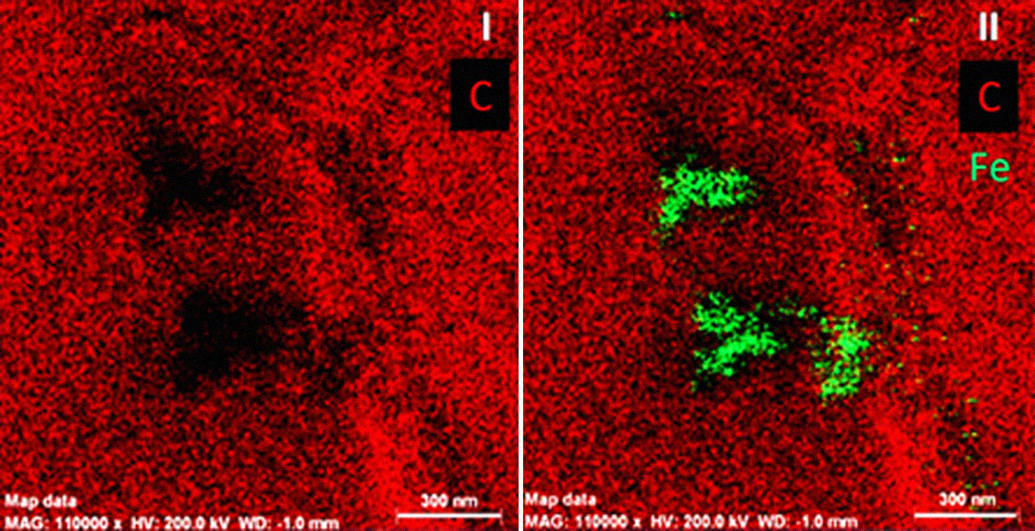Basic & Clinical Research on Iron Biology
ABOUT
Iron Biology (IB) stands today as a fast growing field of knowledge, spanning from the basic understanding of cell and systems homeostasis to applications in most medical fields, including hematology, oncology, neurosciences, genetics and immunology. Advances in the IB field in the last decades have placed several immunological players, such as the MHC class I gene HFE and the antimicrobial peptide hepcidin, at the heart of systemic iron homeostasis, supporting the vision of immunity as a process not exclusively devoted to fight against foreign pathogens but as a system controling the internal milieu equilibrium. In this context, human disorders of iron homeostasis became extraordinary models to address the reciprocal interactions between iron and immunity. One such disorder is hereditary hemochromatosis, a MHC class I-linked genetic disease with a high prevalence in Portugal and a special focus of interest in the group. The BCRIB fits the model of a “translational research” group where scientists involved in fundamental research cooperate intimately with practicing clinicians potentiating the capacity of the whole group to elucidate basic principles of iron biology and put forward new approaches to address iron-related disorders. Focusing on the reciprocal interactions between iron, inflammation and immunity, our aim is to improve our knowledge so that it may help to better manage iron-related disorders in general and hereditary hemochromatosis in particular. In this case, we aim at identifying novel genetic modifiers of disease expression acting either as modifiers of the iron levels in the body or as modifiers of the cellular response to the iron induced stress.
RESEARCH
1. We recently demonstrated that T lymphocytes are able to take up non-transferrin-bound iron (NTBI), thus acting as circulating “buffers” against systemic iron toxicity (Arezes et al. 2013). This finding offers, for the first time, a mechanistic explanation for the previously described association of iron overload with defective numbers of circulating CD8+ T lymphocytes in hereditary hemochromatosis (HH) patients.
2. We first demonstrated, in the Nrf2-/- mice model, that the antioxidant response coordinated by this transcription factor is essential for the protection of mouse hepatocytes against iron toxicity (Silva-Gomes et al, 2014). Work is ongoing in mice models defective in both Nrf2 and Hfe and in human patients to understand if Nrf2 can be a relevant modifier of HH.
3. The finding that effector memory CD8 T lymphocytes are abnormal in HH (Macedo et al. 2010) was followed by a study of CD8 T cell gene expression in both mice (Hfe-/-) and human models of HH. Preliminary results point to an activated state of those cells in response to iron overload (Costa et al, in preparation) 4. The finding of a novel association of lymphocyte and iron phenotypes with particular MHC-linked microhaplotypes (Cruz et al. 2008) was the starting point to a running deep sequencing study, in collaboration with the Genecore facility at EMBL, aimed at identifying novel genetic determinants of CD8 T cell numbers.

Team
Selected Publications
Genetic disruption of NRF2 promotes the development of necroinflammation and liver fibrosis in a mouse model of HFE-hereditary hemochromatosis. Redox Biology11:157-169, 2017. [Journal: Article] [CI: 37] [IF: 7,1]
DOI: 10.1016/j.redox.2016.11.013 SCOPUS: 85002982394
Pasricha S.R., Lim P.J., Duarte T.L., Casu C., Oosterhuis D., Mleczko-Sanecka K., Suciu M., Da Silva A.R., Al-Hourani K., Arezes J., McHugh K., Gooding S., Frost J.N., Wray K., Santos A., Porto G., Repapi E., Gray N., Draper S.J., Ashley N., Soilleux E., Olinga P., Muckenthaler M.U., Hughes J.R., Rivella S., Milne T.A., Armitage A.E., Drakesmith H.
Hepcidin is regulated by promoter-associated histone acetylation and HDAC3. Nature Communications8(1):, 2017. [Journal: Article] [CI: 46] [IF: 12,4]
DOI: 10.1038/s41467-017-00500-z SCOPUS: 85028636590
França M., Martí-Bonmatí L., Silva S., Oliveira C., Alberich Bayarri Á., Vilas Boas F., Pessegueiro-Miranda H., Porto G.
Optimizing the management of hereditary haemochromatosis: the value of MRI R2* quantification to predict and monitor body iron stores. British Journal of Haematology183(3):491-493, 2018. [Journal: Letter] [CI: 11] [IF: 5,2]
DOI: 10.1111/bjh.14982 SCOPUS: 85032351854
Porto G., Brissot P., Swinkels D.W., Zoller H., Kamarainen O., Patton S., Alonso I., Morris M., Keeney S.
EMQN best practice guidelines for the molecular genetic diagnosis of hereditary hemochromatosis (HH). European Journal of Human Genetics24(4):479-495, 2016. [Journal: Review] [CI: 67] [IF: 4,3]
DOI: 10.1038/ejhg.2015.128 SCOPUS: 84960397668
Costa M., Cruz E., Oliveira S., Benes V., Ivacevic T., Silva M.J., Vieira I., Dias F., Fonseca S., Gonçalves M., Lima M., Ão C.L., Muckenthaler M.U., Pinto J., Porto G.
Lymphocyte gene expression signatures from patients and mouse models of hereditary hemochromatosis reveal a function of hfe as a negative regulator of cd8+ t-Lymphocyte activation and differentiation in vivo. PLoS ONE10(4):, 2015. [Journal: Article] [CI: 19] [IF: 3,1]
DOI: 10.1371/journal.pone.0124246 SCOPUS: 84928335492
Silva-Gomes S., Santos A.G., Caldas C., Silva C.M., Neves J.V., Lopes J., Carneiro F., Rodrigues P.N., Duarte T.L.
Transcription factor NRF2 protects mice against dietary iron-induced liver injury by preventing hepatocytic cell death. Journal of Hepatology60(2):354-361, 2014. [Journal: Article] [CI: 50] [IF: 11,3]
DOI: 10.1016/j.jhep.2013.09.004 SCOPUS: 84892559263
Pinto J.P., Arezes J., Dias V., Oliveira S., Vieira I., Costa M., Vos M., Carlsson A., Rikers Y., Rangel M., Porto G.
Physiological implications of NTBI uptake by T lymphocytes. Frontiers in Pharmacology5 FEB:, 2014. [Journal: Article] [CI: 36] [IF: 3,8]
DOI: 10.3389/fphar.2014.00024 SCOPUS: 84895529998
Costa M., Cruz E., Barton J.C., Thorstensen K., Morais S., Da Silva B.M., Pinto J.P., Vieira C.P., Vieira J., Acton R.T., Porto G.
Effects of highly conserved major histocompatibility complex (MHC) extended haplotypes on iron and low CD8+ T lymphocyte phenotypes in HFE C282Y homozygous hemochromatosis patients from three geographically distant areas. PLoS ONE8(11):, 2013. [Journal: Article] [CI: 15] [IF: 3,5]
DOI: 10.1371/journal.pone.0079990 SCOPUS: 84891891855
MacEdo M.F., Porto G., Costa M., Vieira C.P., Rocha B., Cruz E.
Low numbers of CD8 + T lymphocytes in hereditary haemochromatosis are explained by a decrease of the most mature CD8 + effector memory T cells. Clinical and Experimental Immunology159(3):363-371, 2010. [Journal: Article] [CI: 27] [IF: 3,1]
DOI: 10.1111/j.1365-2249.2009.04066.x SCOPUS: 74549195700
Pinto J.P., Ribeiro S., Pontes H., Thowfeequ S., Tosh D., Carvalho F., Porto G.
Erythropoietin mediates hepcidin expression in hepatocytes through EPOR signaling and regulation of C/EBPα. Blood111(12):5727-5733, 2008. [Journal: Article] [CI: 205] [IF: 10,4]
DOI: 10.1182/blood-2007-08-106195 SCOPUS: 47049116150

